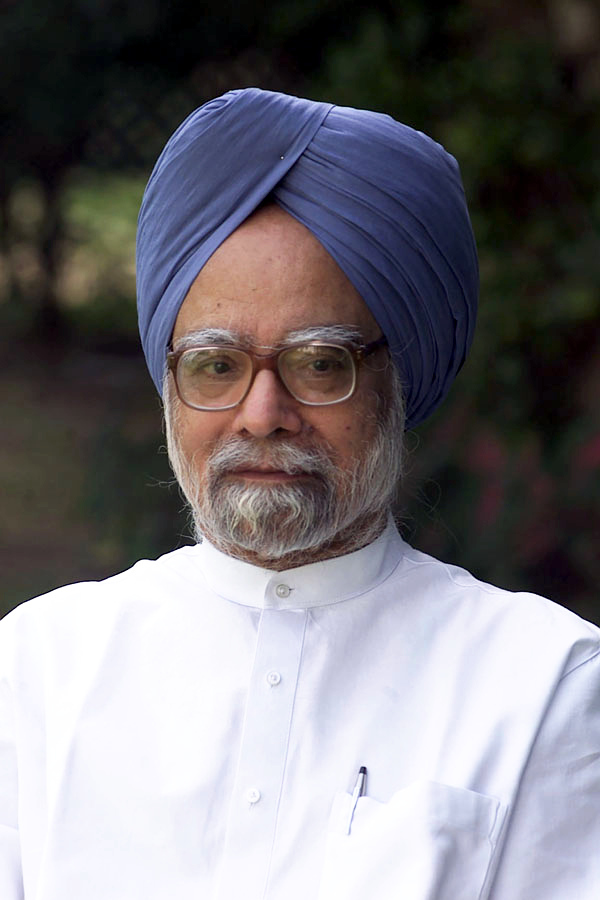Time to rein in FSSAI
Ravi Shanker Kapoor | May 31, 2017 8:24 pm

Prime Minister Narendra Modi is keen on improving India’s ranking in the World Bank’s ease of doing business index. But many government bodies seem to be unaware of this fact; the Food Safety & Standards Authority of India’s (FSSAI) is one of them. Its insistence on elaborate guidelines for labeling of food packets is a recent example of its desire to torment FMCG companies.
All packaged food items will soon have to clearly mention what percentage of your recommended daily nutrients intake is met in a single serving of that particular item, reported Hindustan Times (May 30). The food regulator wants that every label “must tell a person how much of recommended dietary allowance is met in one serving.”
“We are in the process of changing labeling regulations,” said FSSAI CEO Pawan Agarwal was reported as saying. The initial guidelines are ready and will be soon sent to the Union Ministry of Health for approval.
“We have an expert panel working on formulating the guidelines. New labeling methods will help a consumer in knowing the exact percentage of the recommended dietary allowance of say sugar, fat, salt or other micro nutrients that’s met by consuming a serving of that product,” said Agarwal.
It is not a classic case of good intentions going berserk; it is reprehensible, if not willful, state intervention in the FMCG sector. At present, packaged food—at any rate, manufactured by big companies—does mention not only the ingredients but also calorific value, protein content, etc. But the meddlesome, hyperactive food regulator is not satisfied with this information; it wants to further needle the manufacturers to specify the percentage of one’s recommended daily nutrients intake.
Now, the nutrients intake varies from person to person; the requirement of an office goer is much less than that of a laborer or a person engaged in heavy physical activity. Further, variations are also related to age; an 80-year-old man can’t consume as much as a 22-year-old can.
Moreover, where would the manufacturer put all the additional details, especially on small packets? As it is, the font size in which the present information is printed is very small; more information in the same area would make it unreadable, thus defeating the very purpose of the exercise.
Then there is the issue of inspector raj. It is a well-known fact the official machinery enforcing various stipulations is notorious for venality and incompetence. In general, inspectors are the bane of the economy, as evident from the low rank of India in the World Bank’s ease of doing business index.
The Prime Minister’s emphasis on ease of doing business notwithstanding, the FSSAI appears to be going it alone in its statist enthusiasm. Earlier, it wanted to ensure that restaurants declare the calorific and nutritive value of the food they serve is an instance of unwarranted official intervention in a growing sector (https://thehinduchronicle.com/2017/02/modi-check-fssais-anti-business-move/).
The FSSAI’s mandate is (i) lay down science-based standards for articles of food, (ii) to regulate manufacture, storage, distribution, sale and import of food; and (iii) to facilitate food safety. It has failed spectacularly in carrying out the mandate, as evident from myriad media reports about food adulteration, synthetic milk, etc. And yet, the regulator wants to take upon the responsibilities that are beyond its remit, so that it could terrorize businesspersons.
The Prime Minister should rein in the FSSAI, otherwise it would make the lives of businesspersons miserable.






























